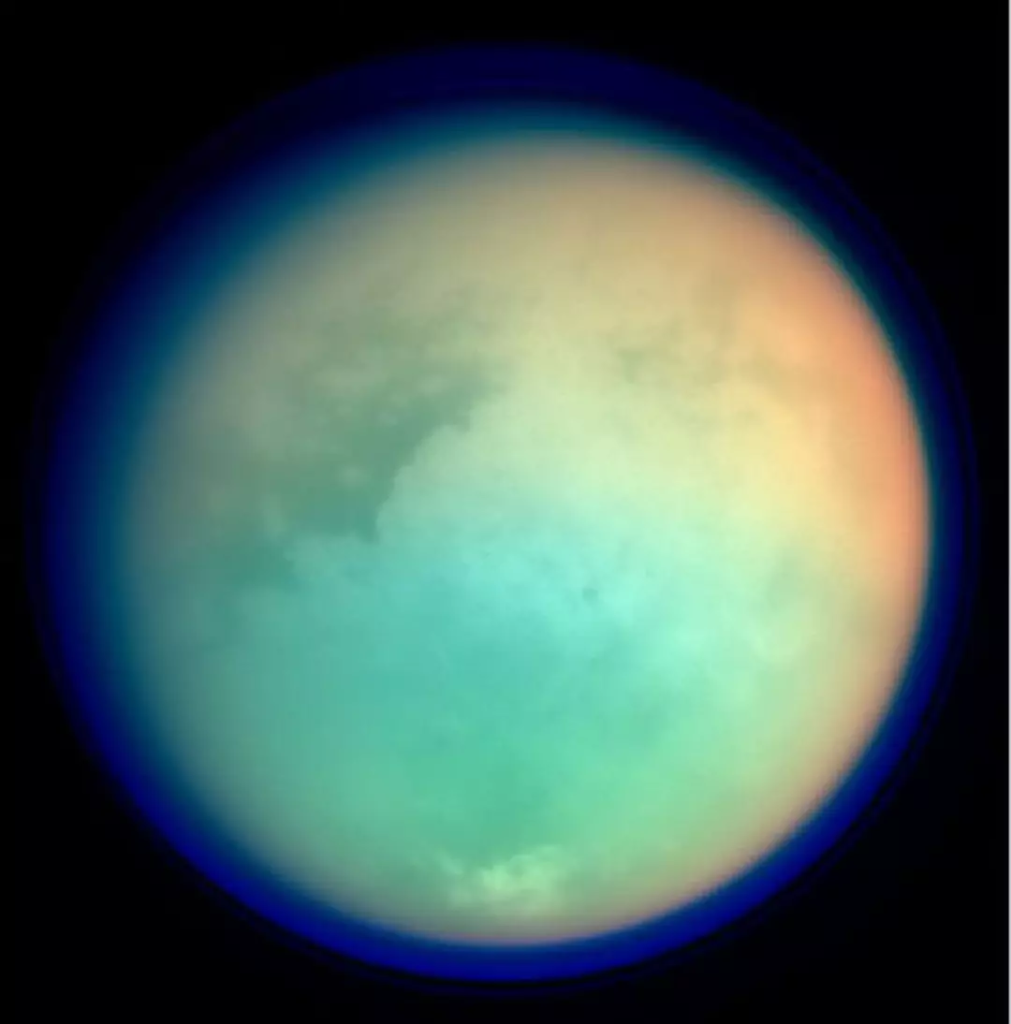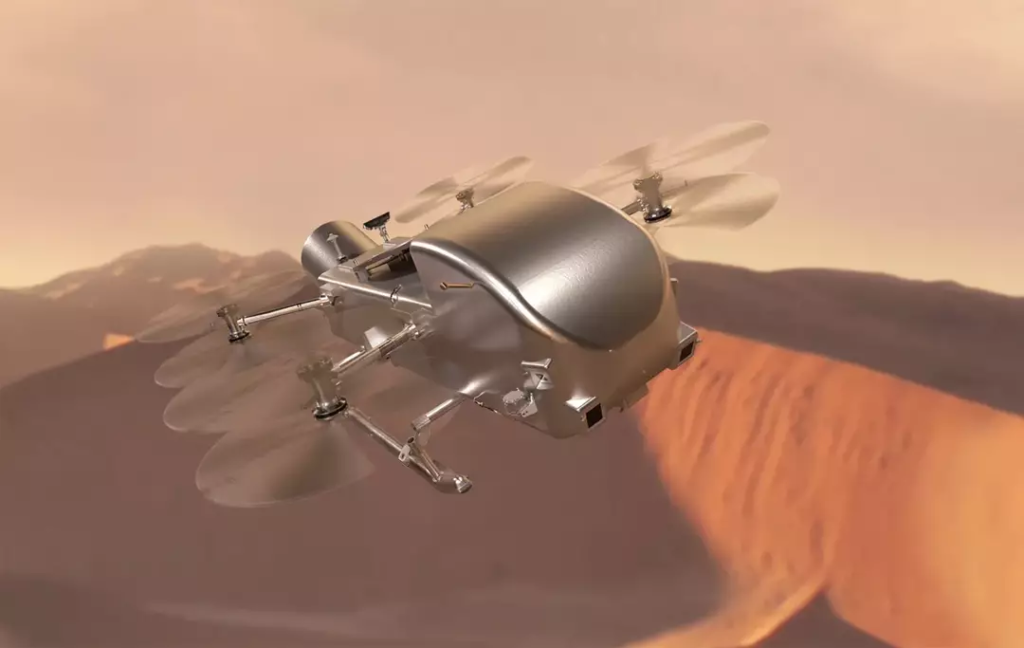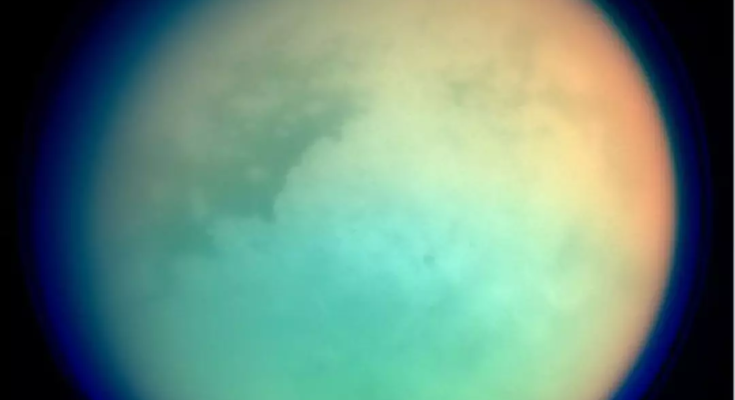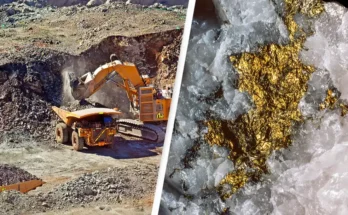Elon Musk’s SpaceX has been chosen for a multibillion-dollar NASA mission to a nearby moon.
A Falcon Heavy rocket will launch the space agency’s Dragonfly mission from Kennedy Space Center in Florida between July 5 and July 25 2028.
SpaceX was awarded a $256.8 million contract, which NASA says includes ‘launch services and other mission related costs.’
Dragonfly will explore the largest of Saturn’s 146 moons, Titan, which is about 50 percent wider than Earth’s moon.
NASA said a rotorcraft will be used to ‘sample materials and determine surface composition in different geologic settings, advancing our search for the building blocks of life.’

The journey to Titan takes six years, meaning NASA’s spacecraft doesn’t land until 2034, while the mission is costing $3.35 billion.
So, what is it about Saturn’s moon that makes it worth exploring?
Well, Titan is the second largest moon in our solar system – bigger than our own, as well as the planet Mercury.
Only Jupiter’s moon Ganymede is larger, by just two percent.
Its atmospheric pressure is about 60 percent greater than on Earth—roughly the same pressure you’d feel swimming roughly 50 feet (15 meters) below the surface in the ocean.

Titan is Saturn’s largest moon (NASA via Getty Images)
Meanwhile Titan’s temperature is a freezing -290 degrees Fahrenheit (-179 degrees Celsius) – but despite this, it contains water.
We all know what that means… it could potentially harbor environments with conditions suitable for life.
As NASA previously explained: “The discovery of a global ocean of liquid water adds Titan to the handful of worlds in our solar system that could potentially contain habitable environments.
“Titan’s rivers, lakes and seas of liquid methane and ethane might serve as a habitable environment on the moon’s surface, though any life there would likely be very different from Earth’s life.”

Artist’s concept of rotorcraft Dragonfly exploring Saturn’s moon Titan (NASA/Johns Hopkins APL/Steve Gribben)
But its unique make-up means evidence of both life as we know it – in the subsurface ocean – and life as we don’t know it – in the hydrocarbon liquid on Titan’s surface – could possibly be found.
NASA added: “Most scientists agree that life as we know it would be unlikely on this bizarre world.
“But the study of Titan, the most Earth-like body in the solar system will help us understand our own Earth and even help guide the design of future missions… that are designed to search for Earth-like planets beyond our solar system.”
Thus far, there’s been no sign of life on Titan, but its complex chemistry and unique environments is what has scientists so intrigued.
One of Saturn’s other moon, Enceladus – which roughly measures 300 miles across and is made of ice – has often cited as our best chance of finding extraterrestrial life in our solar system.



